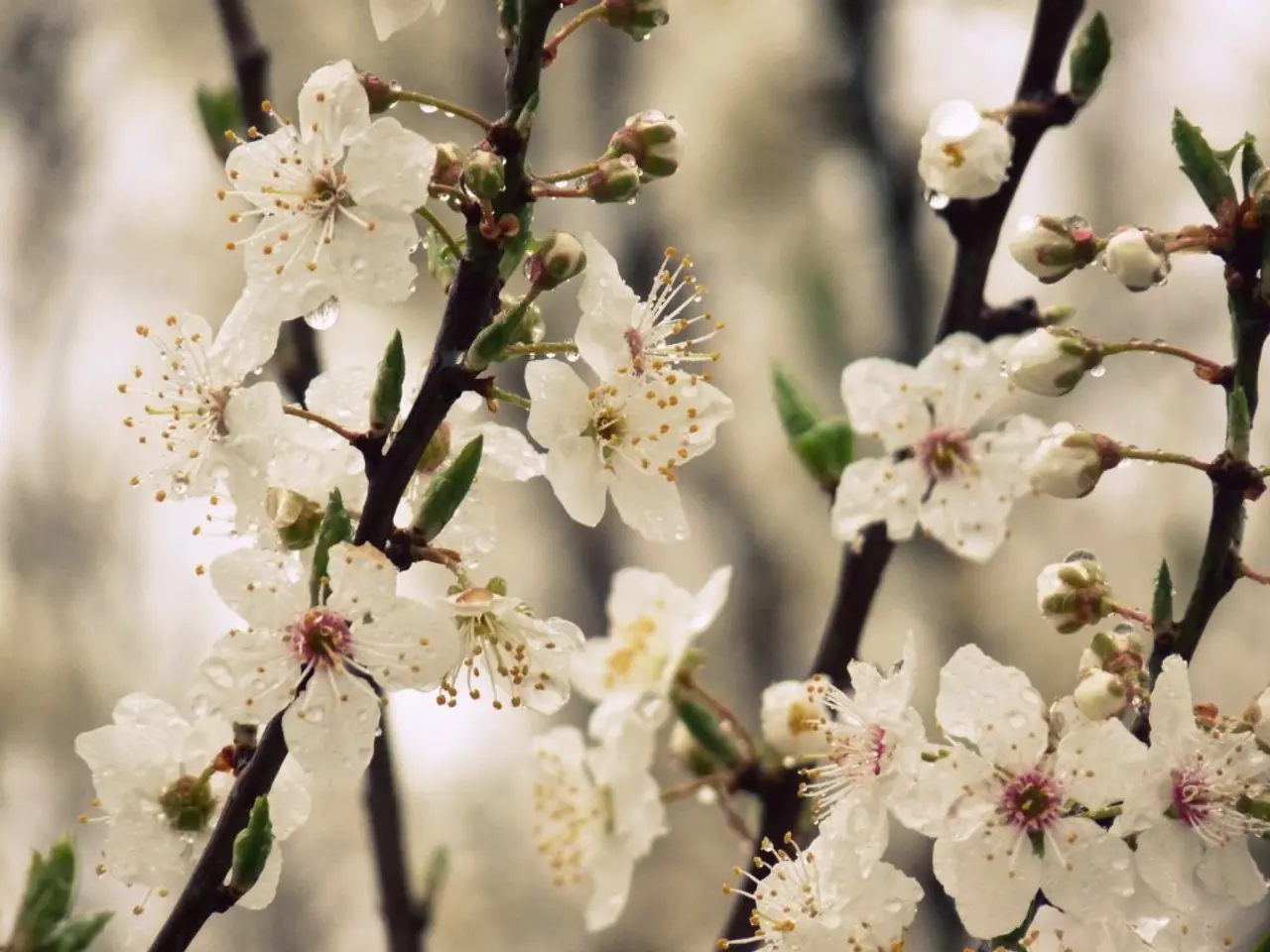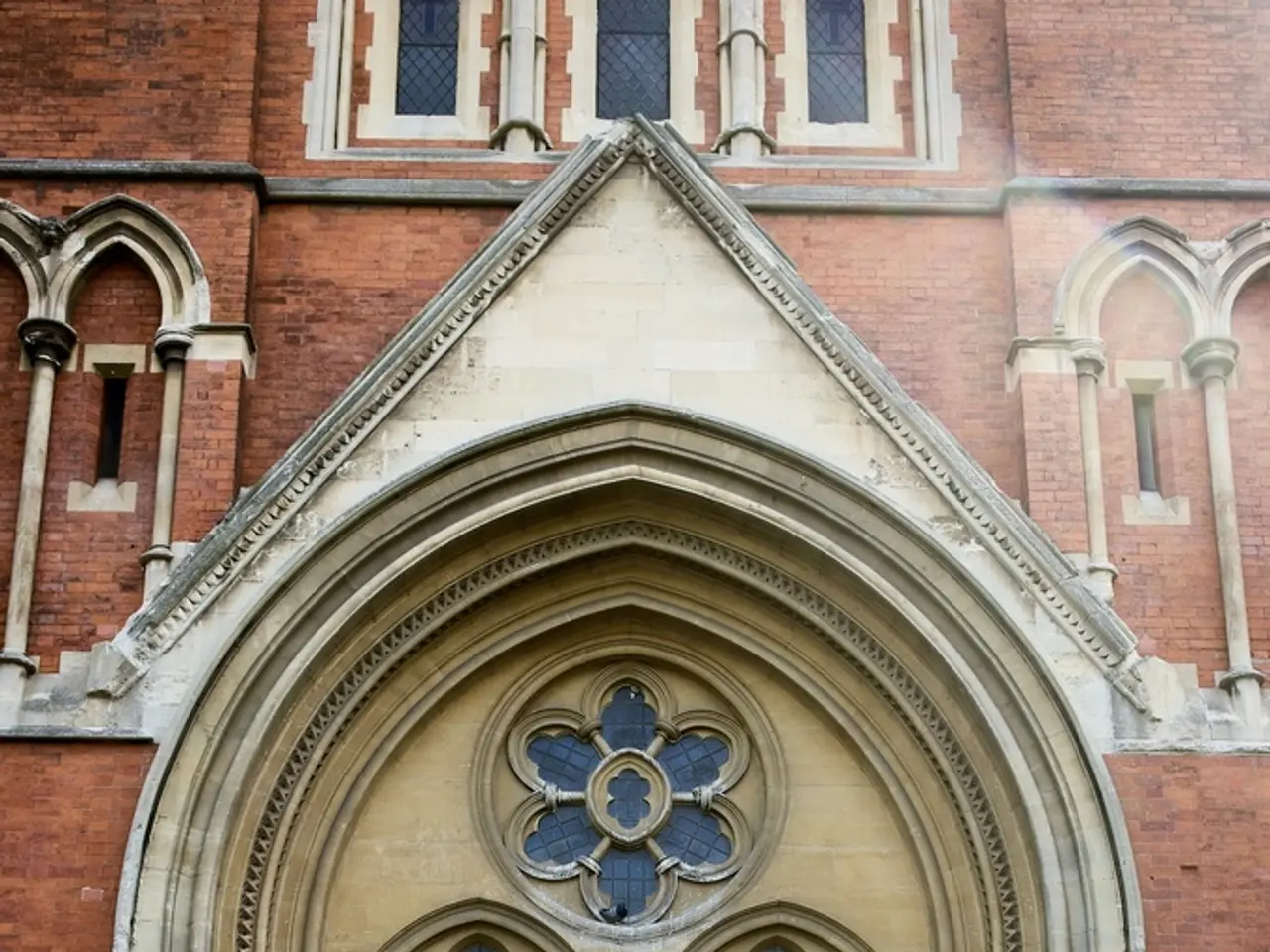A Comprehensive Handbook for Growing and Nurturing Hyacinth Plants!
Caring for Hyacinth Bulbs: A Guide to Blooming Success
Hyacinths, with their vibrant colours and sweet fragrance, are a delightful addition to any garden. These spring bloomers have a rich history, first introduced to Europe in the 16th century. Today, approximately 60 cultivars of hyacinths are available for commercial cultivation.
To ensure a bountiful bloom in the following spring, it's essential to provide proper care for the bulbs during their winter dormancy period. Here's a step-by-step guide to help you achieve this:
- Planting Depth and Orientation: Plant the bulbs three to four times deeper than their height, with the pointy side facing up. This ensures that the bulbs are well-rooted and ready for the winter chilling.
- Winter Chilling: Hyacinth bulbs need a necessary cold period to encourage flowering in spring. In colder climates, leave the bulbs planted outdoors in well-drained soil, ideally in a sunny spot. The bulbs will naturally undergo chilling in the ground and emerge in spring. In warmer climates, lift the bulbs after flowering, store them in a cool, dry place such as a refrigerator (6 to 8 weeks of chilling is recommended), then replant them in autumn to simulate winter conditions.
- Watering: During the winter dormancy period, bulbs require minimal to no watering until shoots begin to appear in spring. After flowering, keep the leaves intact until they turn yellow, as they feed the bulb for next year’s bloom via photosynthesis.
- Foliage and Bulb Removal: Allow the foliage to die back naturally before removing it. For container-grown bulbs, protect pots from frost by wrapping them with insulating materials like bubble wrap. Once the leaves have yellowed and died, bulbs can be lifted and stored in a cool, dry place until next planting.
- Avoiding Excessive Moisture: Avoid overwatering or water-logged soil during summer dormancy to prevent bulb rot.
By following these steps, you can support healthy blooms in the spring. Happy gardening!
[1] Gardening Know How. (n.d.). Growing Hyacinths. Retrieved from https://www.gardeningknowhow.com/ornamental/bulbs/hyacinth/growing-hyacinths.htm [2] The Spruce. (n.d.). Hyacinth Growing Guide. Retrieved from https://www.thespruce.com/growing-hyacinths-in-the-garden-1412732 [3] HGTV. (n.d.). How to Grow Hyacinths. Retrieved from https://www.hgtv.com/design/outdoors/plants-flowers/how-to-grow-hyacinths [4] BBC Gardeners World Magazine. (n.d.). Growing Hyacinths. Retrieved from https://www.bbc.com/gardenersworld/howto/growing-hyacinths [5] Burpee. (n.d.). Hyacinth Care. Retrieved from https://www.burpee.com/gardening/learn/how-to-grow/hyacinths/hyacinth-care.html
- For organic home-and-garden enthusiasts, Hyacinth bulbs can be fostered indoors in a nursery pot during winter, providing a captivating indoor garden lifestyle.
- After a successful indoor bloom, the spent Hyacinth bulbs can be replanted outdoors in the garden come spring to foster their expansion and propagation.
- Proper soil care in the garden is crucial for Hyacinths, as they thrive in well-drained soil enriched with fertilizer.
- When caring for Hyacinth bulbs, it's essential to avoid excessive moisture during summer dormancy, which can lead to bulb rot.
- Follow the recommended cold chilling period (6 to 8 weeks) for Hyacinth bulbs to encourage flowering in spring, whether planted outdoors or inside a refrigerator.
- An organic gardening approach includes allowing the Hyacinth leaves to turn yellow and die back naturally before removing them, which helps to feed the bulb for the next year's bloom.




